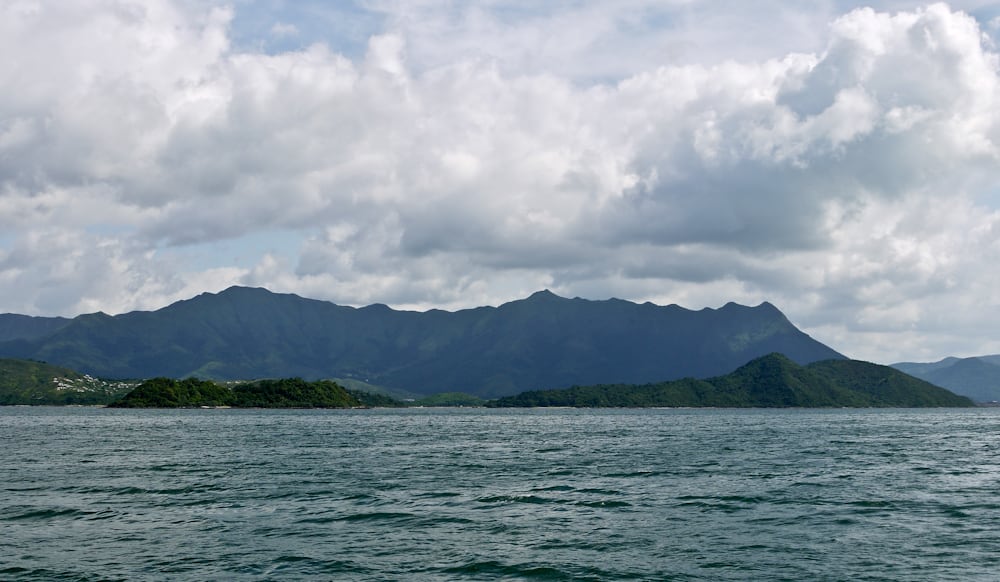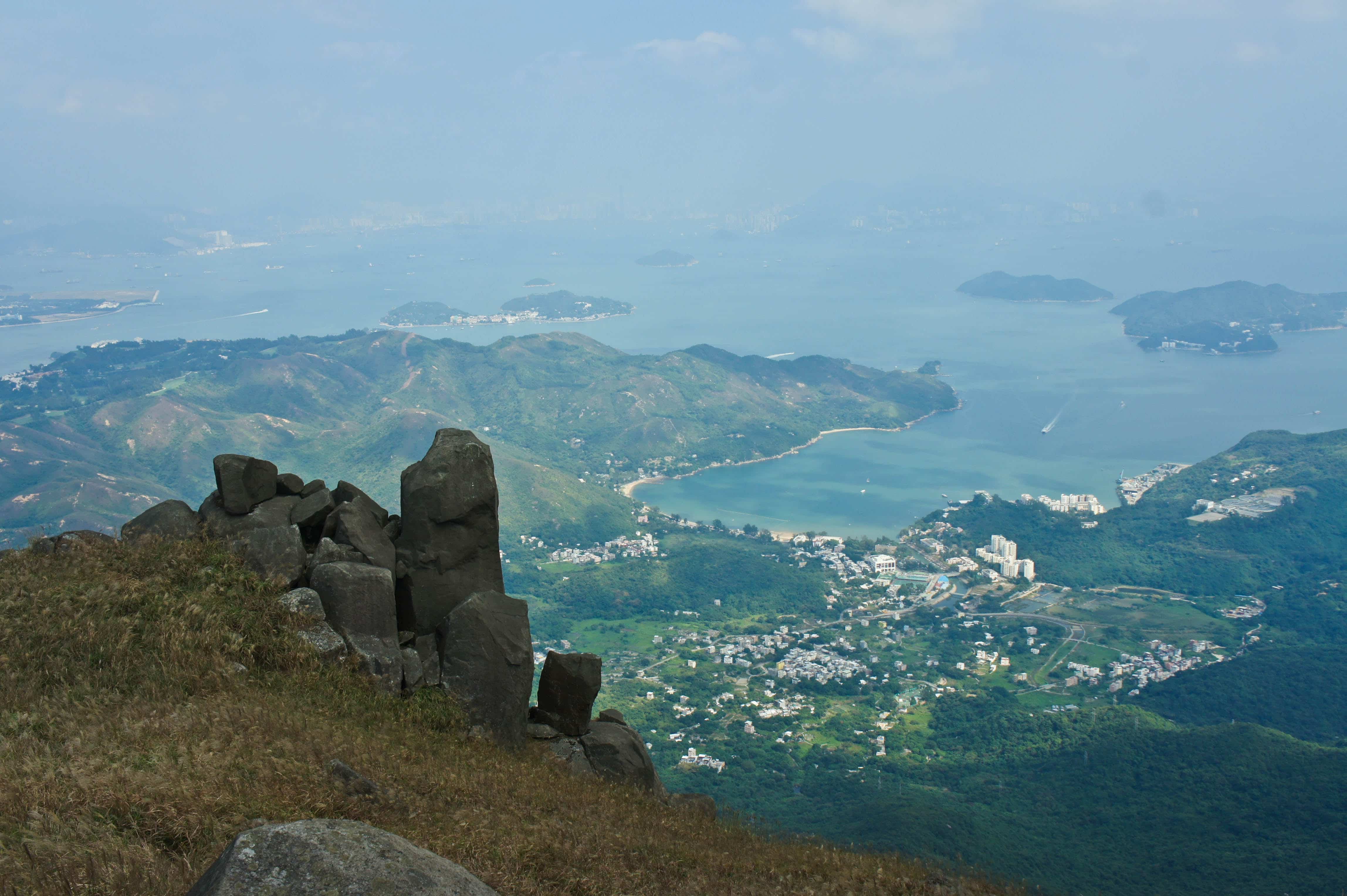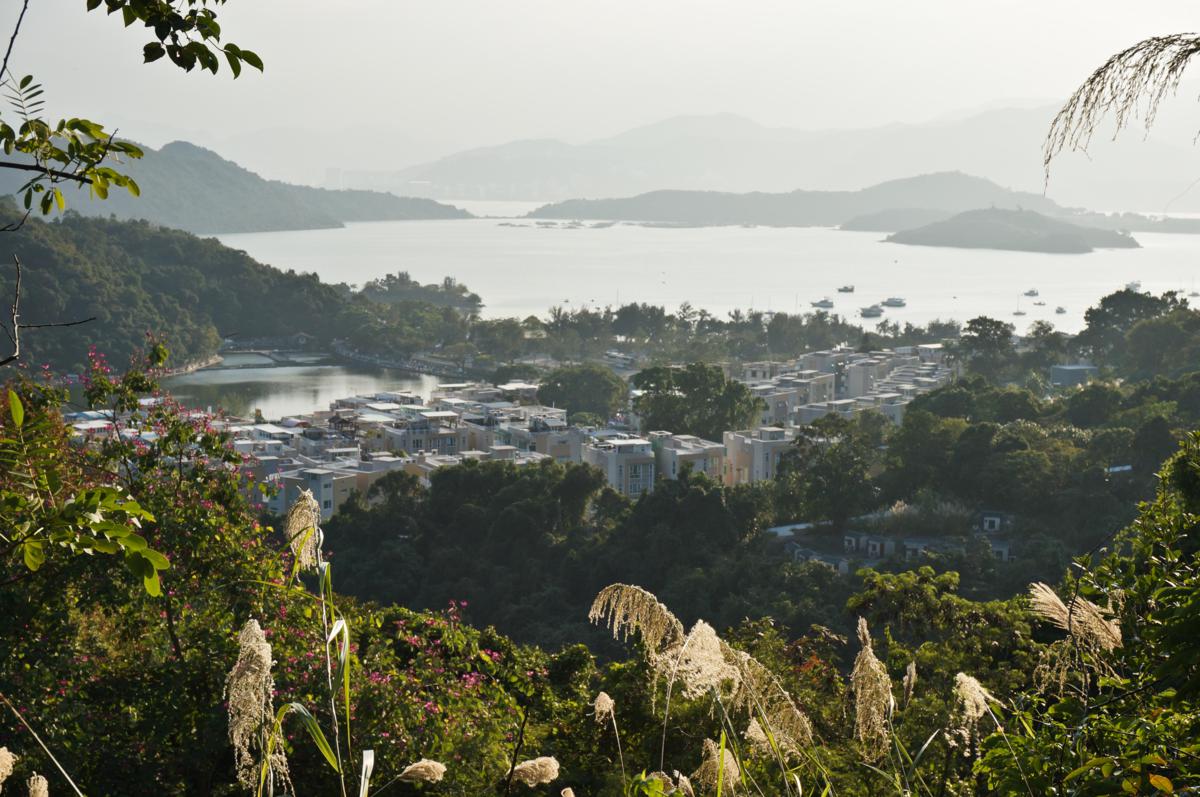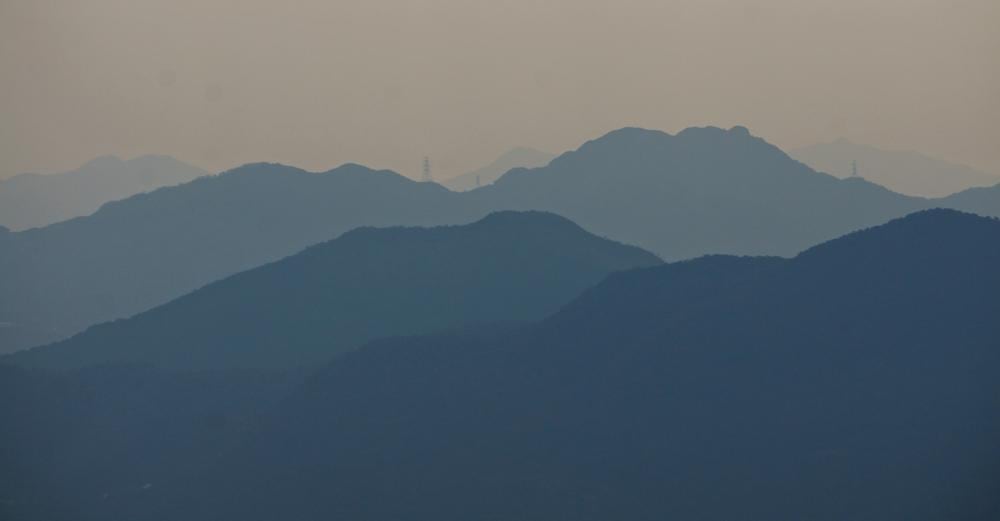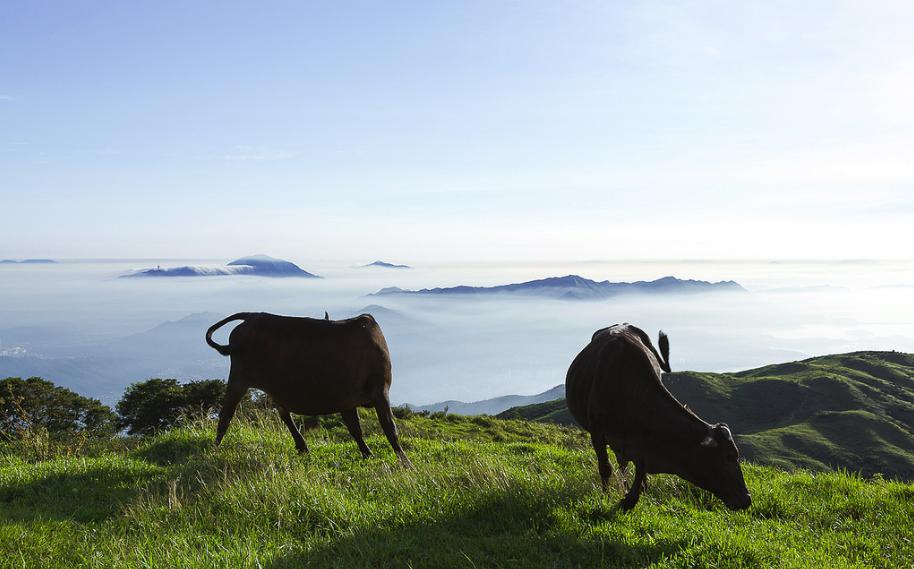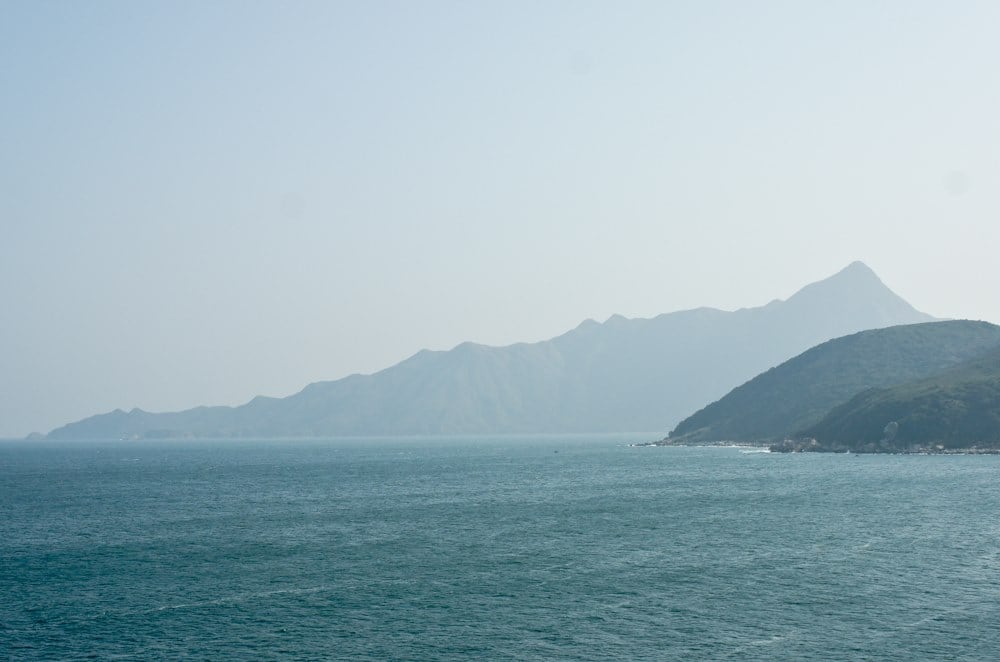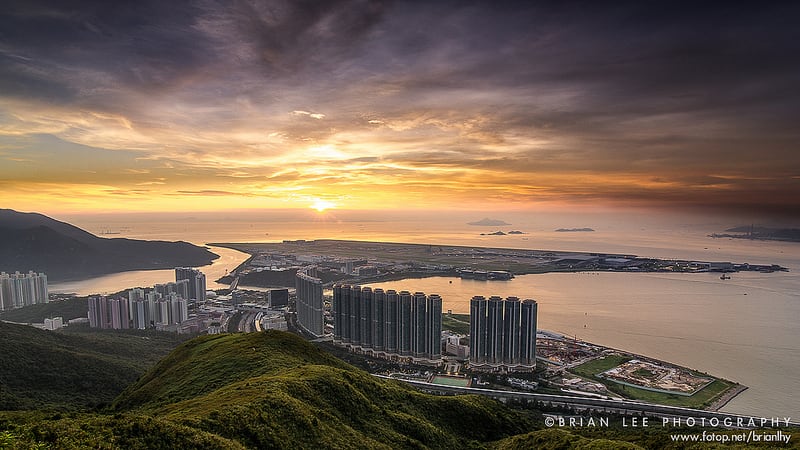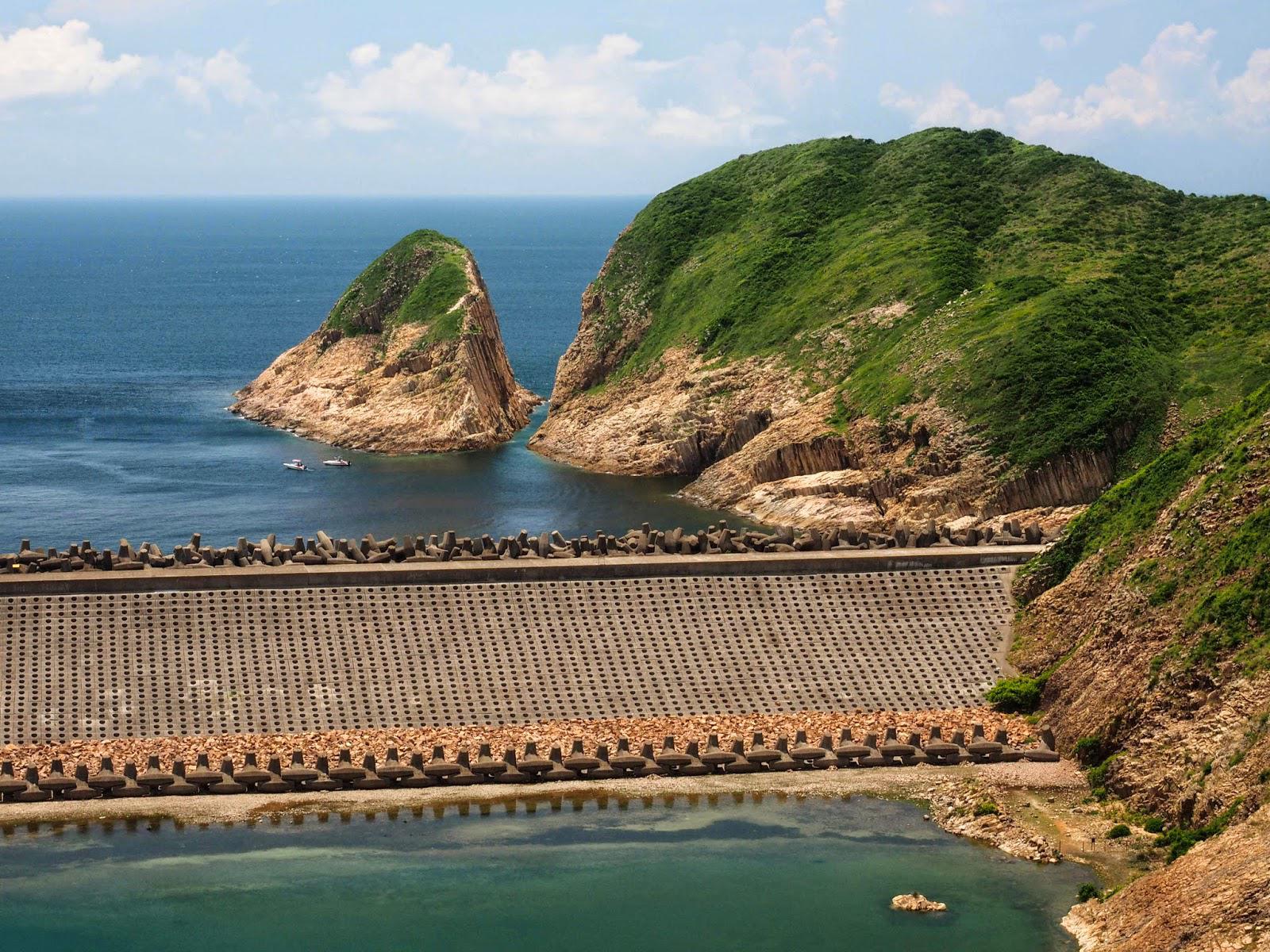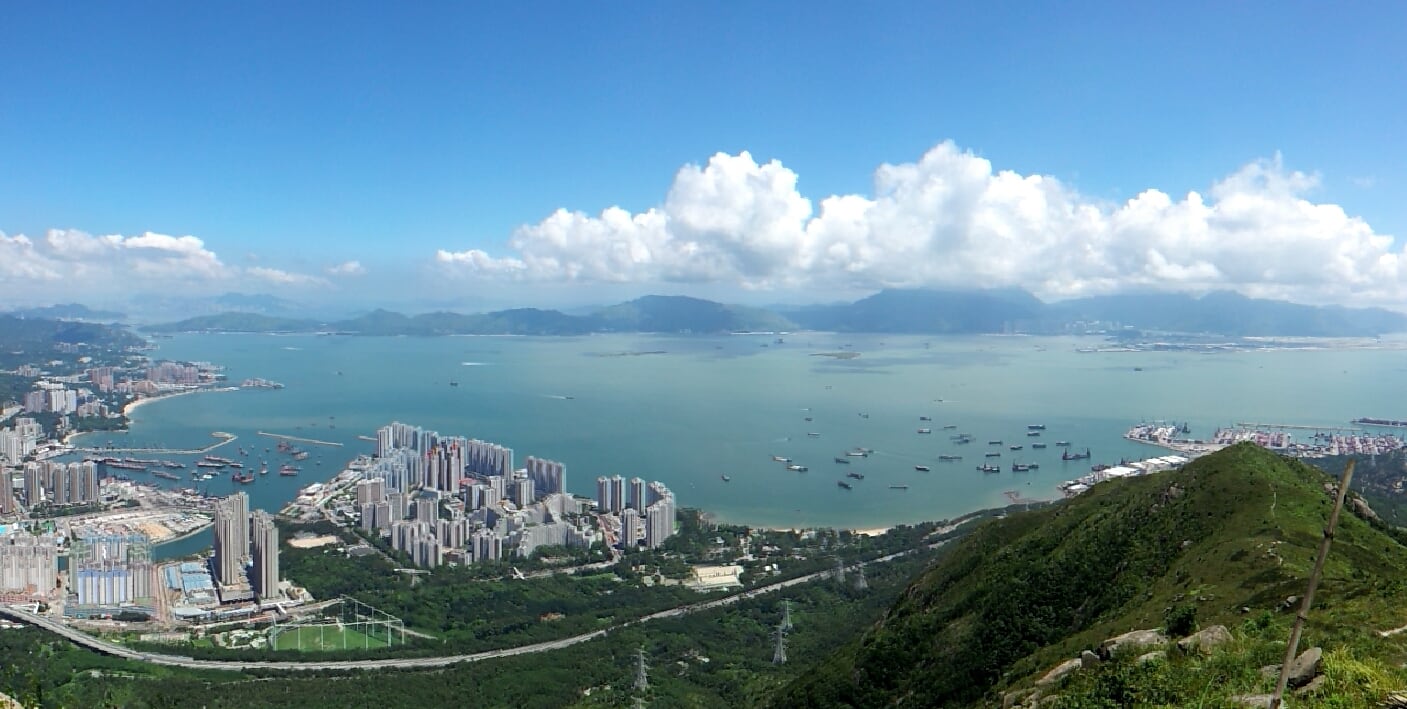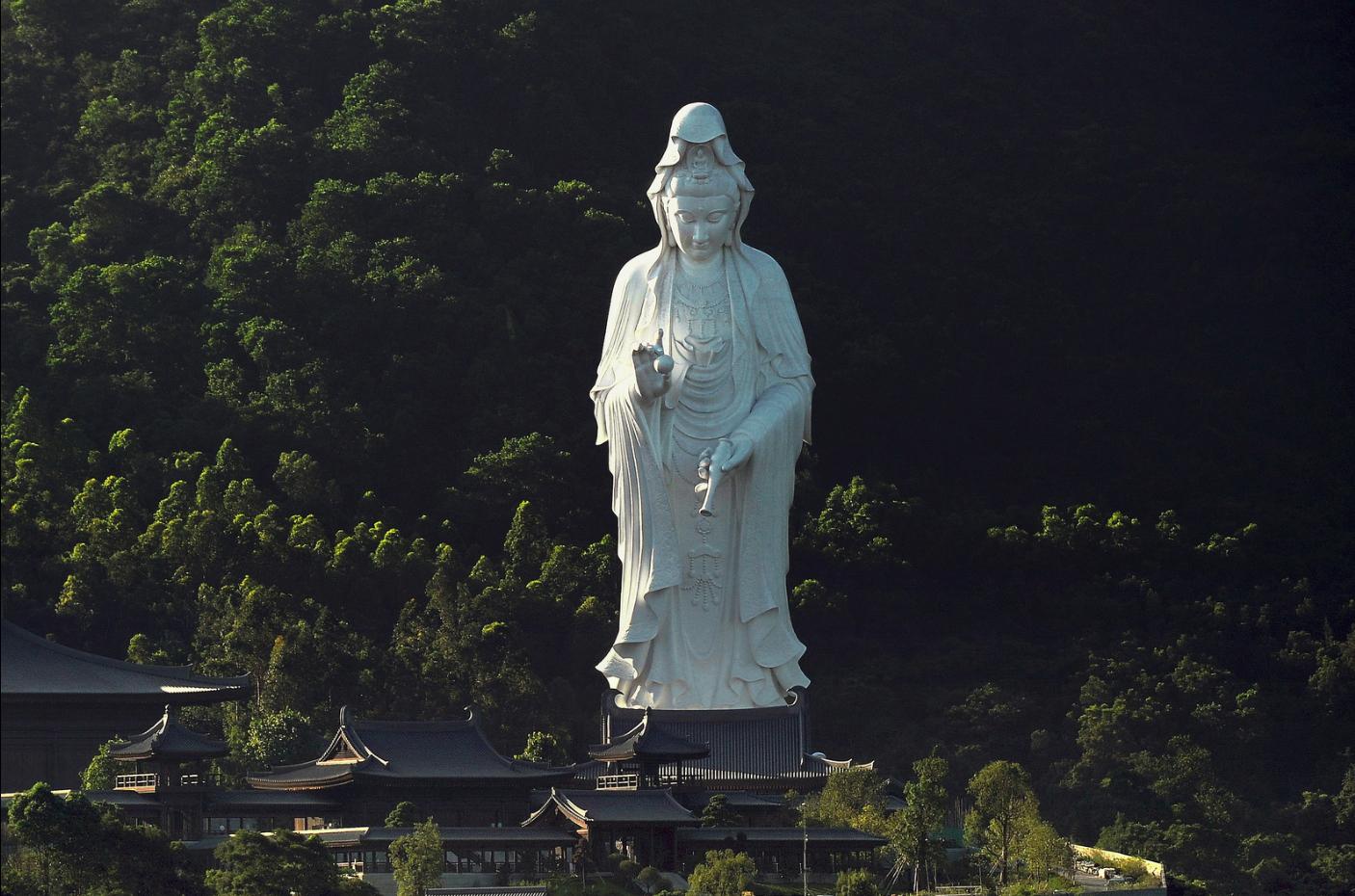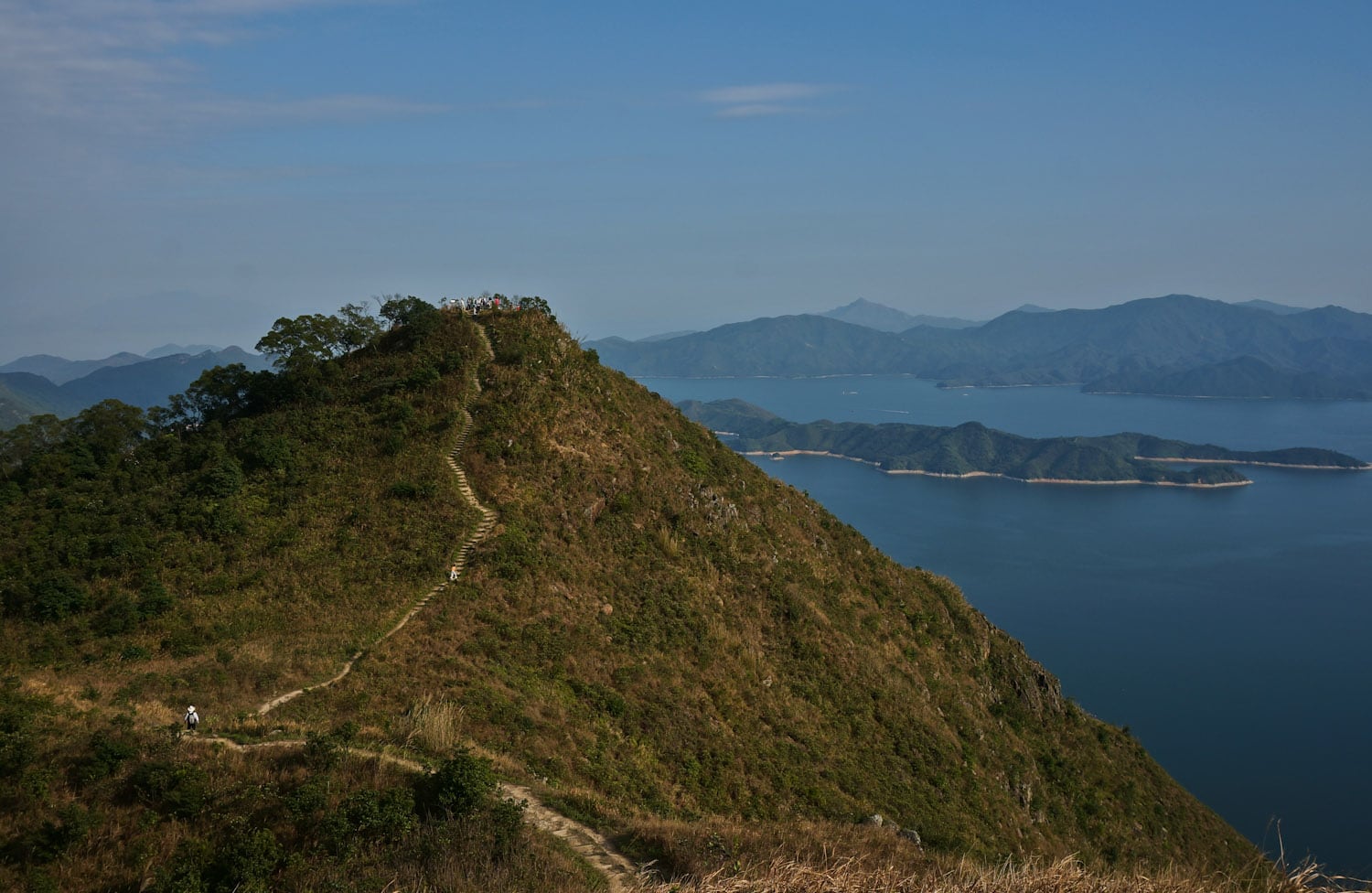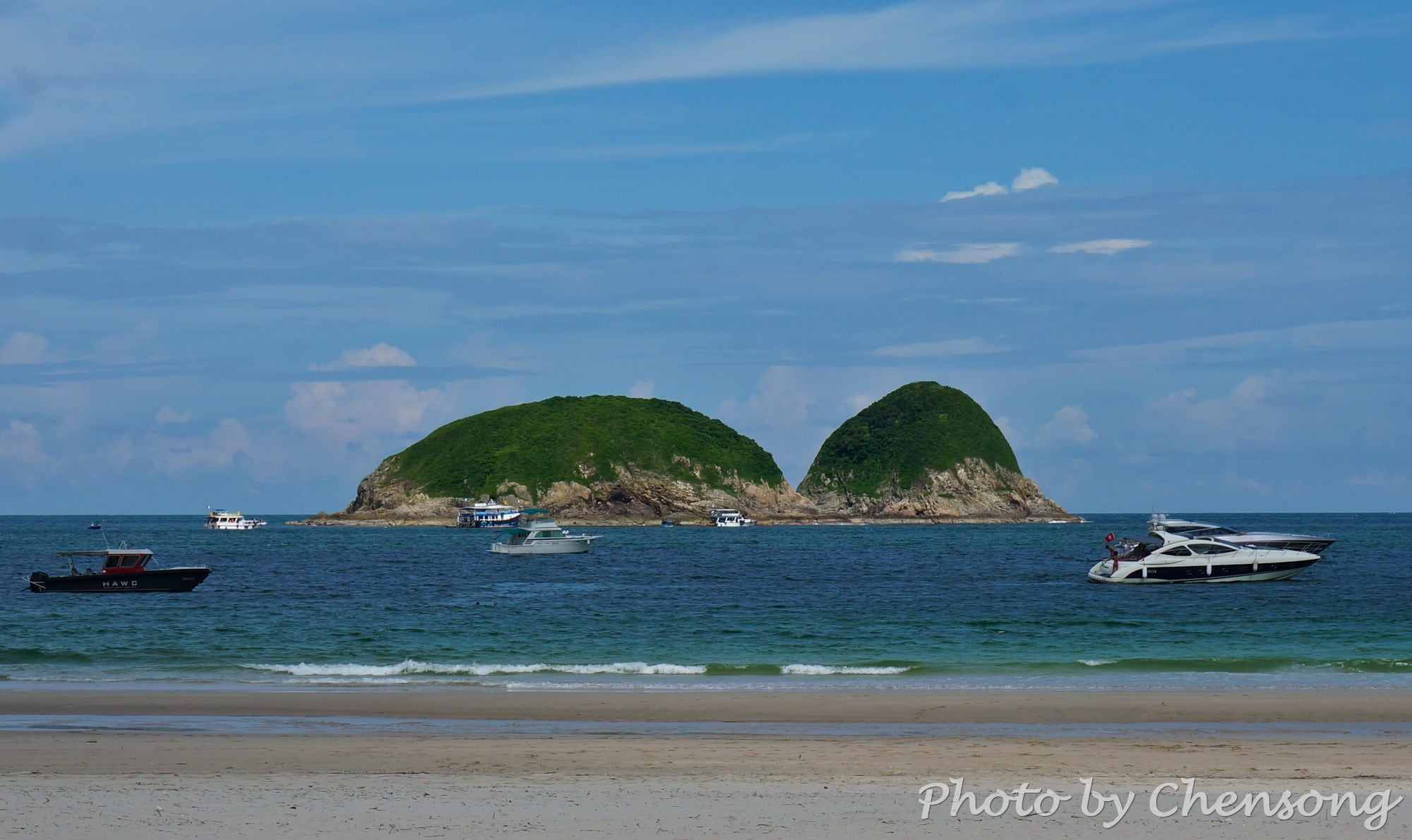Standing on top of Pak Sin Leng (八仙嶺), across Tolo Channel (赤門海峽), you can see the mountain ridges on Ma On Shan Country Park.
In Hong Kong, mostly likely you will have a foggy weather. Everything far away is like Chinese monochromes.
Pandanus tectorius (a.k.a. "Wild Pineapple" in Chinese) can be widely seen in outlying islands and along coastlines in Hong Kong, such as Tung Ping Chau, Grass Island and Wong Chuk Kok.
It grows wild mainly in semi-natural vegetation in littoral habitats throughout the tropical and subtropical Pacific, where it can withstand drought, strong winds, and salt spray. It propagates readily...
Most hikers come to Lantau Island to conquer the Twin Peak (Lantau Peak and Sunset Peak). Although they are the highest mountains in Lantau Island, people can hardly see the Silver Mine Bay because it is blocked by Lin Fa Shan, the 6th highest hill in Hong Kong.
Lin Fa Shan is ignored by most people, but the scene on...
On top of Castle Peak in Tuen Mun, you can find one TV broadcast station and one military radar station left by British army. On a clear day, you not only can see Hong Kong International Airport across Victoria Harbor, but also the Deep Bay Bridge connecting Shenzhen and Hong Kong.
Literally, Tai Mei Tuk (大尾督) means "the very end" because the landscape is located at the end of Mount Pak Sin Leng. In ancient China, people depict the curve of the mountain ridge as "the vessel of the dragon". Anything on the "vessel" is a sign of good fortune. That's also why people living in Tai Mei Tuk wanted to...
Hong Kong people call these feral cattle "stray cattle". Nowadays, there are around 100 buffaloes and 900 cattle in Hong Kong, walking around Lantau Island, Shing Mun Reservoir and Sai Kung, where it is rich in water and grass.
The "stray cattle" are usually abandoned by farmers who do not farm any more. When they wander the country parks, their...
On Tap Mun (a.k.a. Grass Island), tourists can get a good view of the east ridge of Nam She Tsim (a.k.a. Sharp Peak). It is the path that hikers usually choose to go downhill. (See south ridge of Sharp Peak.)
At the end of the ridge is Tai Long Tsui (大浪咀), where very few people can get there after an...
You can get a bird view of Tung Chung and Hong Kong International Airport near Por Kai Shan. I know the sunset is pretty, but you can view it elsewhere. Now let's focus on the screen-like 50- to 70-storey buildings standing in front of you, which can be found in cities with a high population density.
After the Hong Kong...
As the Chinese name implies, Po Pin Chau is an island cut away from the mainland. It was once a part of Fa Shan.
Po Pin Chau was formed in several stages. The impact of pounding waves on Fa Shan resulted in progressive erosion on the weaker rock strata until a sea cave was formed. Over time, the cave became...
Half way to the Castle Peak is the place to get a good view of Tsing Shan Wan.
Beneath you foot, there are also Tuen Mun Typhoon Shelter, Butterfly Beach and Pillar Point.
Castle Peak Bay is a bay outside Tuen Mun. Tuen Mun River empties into the bay. In the past, large amount of Tanka fishermen harbored at the bay.


